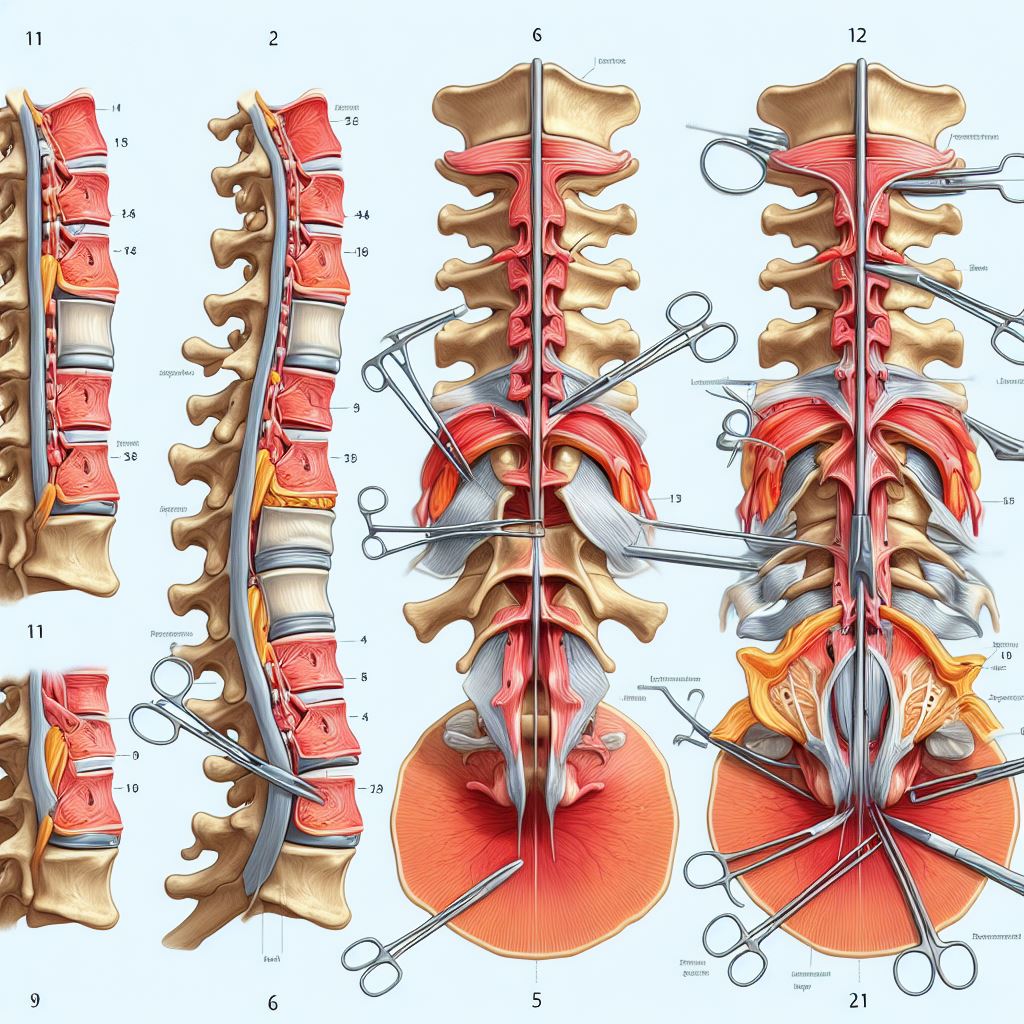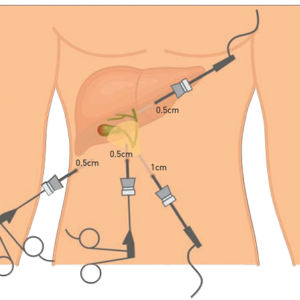Description
Familiarity with Treatment:
Laminectomy, also known as decompression surgery, is a surgical procedure that involves the removal of the lamina (the back part of the vertebra that covers the spinal canal) to relieve pressure on the spinal cord or nerves. This surgery is commonly performed to treat spinal stenosis, a condition characterized by the narrowing of the spinal canal.
Procedure: During a laminectomy, the surgeon makes an incision in the back, removes the lamina, and may also address other spinal issues, such as bone spurs or herniated discs, that are contributing to the compression of the spinal cord or nerves.
Who Is It Suitable For?
- Individuals experiencing symptoms such as leg pain, numbness, or weakness due to spinal stenosis.
- Those who have not found relief from conservative treatments and whose symptoms significantly impact their quality of life.
Who Is It Not Suitable For?
- Patients with mild or manageable symptoms that do not significantly impact daily life.
- Individuals with spinal conditions that are better treated through alternative methods or who are not good candidates for surgery due to underlying health concerns.
Advantages:
- Relief from symptoms caused by spinal stenosis, such as pain, numbness, and weakness.
- Potential improvement in mobility and overall quality of life for individuals affected by severe spinal cord or nerve compression.
Complications:
- As with any surgery, there are risks of bleeding, infection, nerve damage, and adverse reactions to anesthesia.
- There is also a small risk of spinal fluid leaks or spinal instability following the procedure.
Preoperative Care:
- Patients will undergo a comprehensive evaluation of their medical history and physical condition to assess their suitability for surgery.
- They may be advised to discontinue certain medications or supplements that could increase the risk of bleeding.
Postoperative Care:
- After surgery, patients will need to limit activities that put stress on the back while the surgical site heals.
- Physical therapy and rehabilitation may be recommended to aid in recovery and restore strength and flexibility.
- Patients will be advised on proper lifting techniques and instructed on how to gradually resume normal activities.




Reviews
There are no reviews yet.